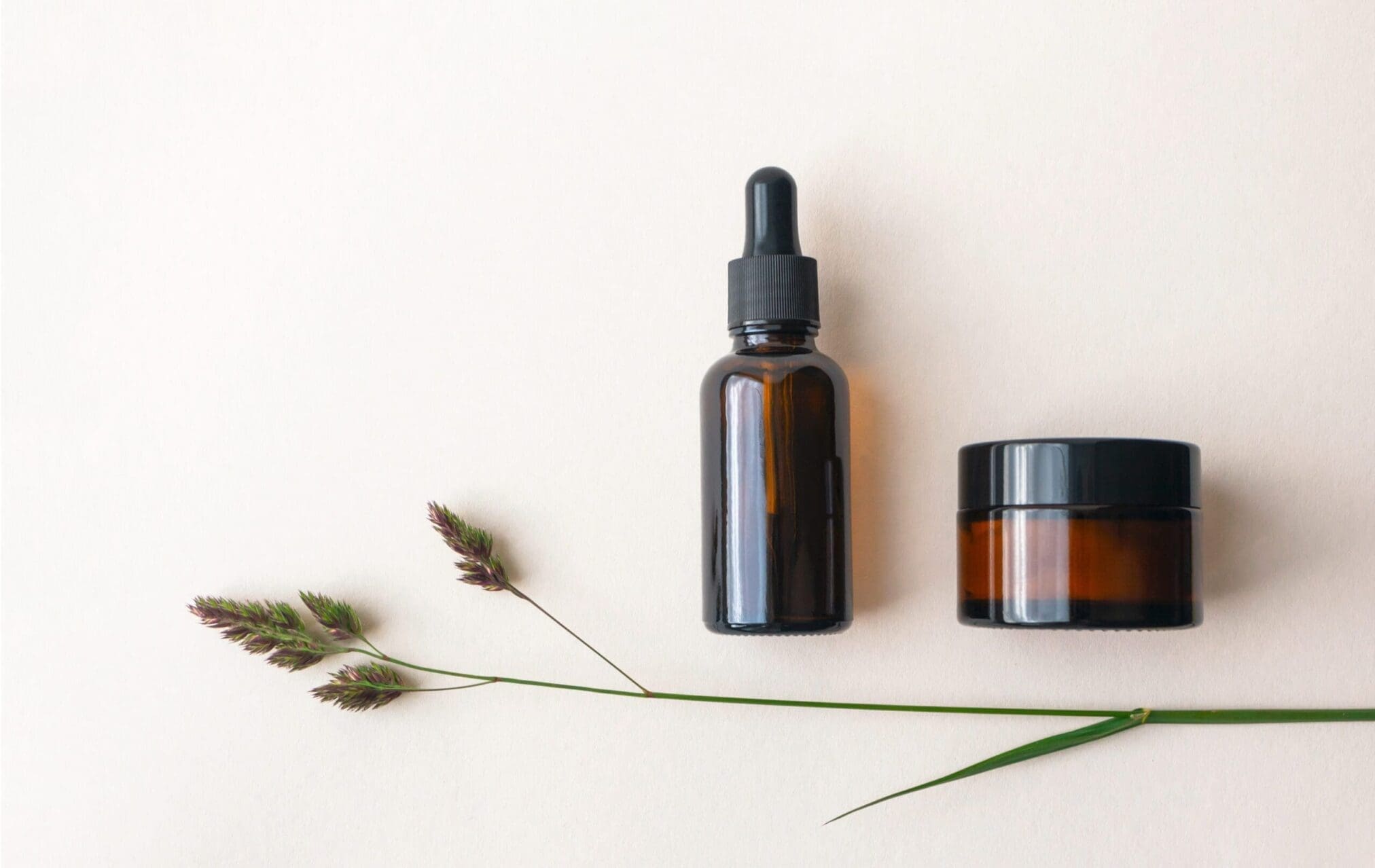Formaldehyde has been recommended to be classified as a mutagen of category 2 (may induce heritable mutations) and a category 1B carcinogen (presumed human carcinogen) by the European Chemical Agency (ECHA), since December 2012. This reclassification is to be adopted from the 1st of January 2016 and is expected to have an impact on the nail hardening cosmetics industry, since this reclassification implies that formaldehyde is to be banned from cosmetic products, as per the 1223/2009/EC regulation.
Regulatory status
Formaldehyde has uses in nail hardening beauty products, in a maximum allowed concentration currently restricted to 5%. It is known for its properties of binding with keratin, which is the basis of its nail hardening effect.
It is important to note that even though this ingredient is classified as a CMR (carcinogenic/mutagenic/toxic for reproduction), there are also other cosmetic ingredients, used as preservatives, which have the potential of releasing formaldehyde. These are not classified as CMRs and in such cases, if the concentration released exceeds 0.05%, the product should have a “contains formaldehyde” warning labelled, according to Annex V of the cosmetics regulation.
What the future brings
There are several concerns regarding the above mentioned issue. First, the professional exposure risk should arguably be taken into account, as nail hardeners are potentially used in cosmetic salons. The SCCS opinion did not take this into consideration. Secondly, another issue regarding the prohibiting of this substance in the EU is the lack of possible alternatives as nail hardeners. Many leading cosmetic brands have expressed their concern with finding other effective ingredients to replace formaldehyde, and point out that the SCCS opinion on this ingredient mentions that the sensitization following the use of formaldehyde can be reduced to the minimum when used according to instructions and when the regulation’s recommendation of “protecting cuticles with grease and oil” is followed.
At the same time, as the concentration of formaldehyde that can cause an allergic effect on sensitised skin is as low as 0.006%, the SCCS argues that formaldehyde can only be present in cosmetics as a trace substance, unavoidable during the production process.
Solutions
This is an eloquent example of the importance of the cosmetics and regulatory fields cooperating during the formulation process, as well as long after the cosmetic has been put onto the EU market. It is important to stay ahead of any regulatory updates, in order to ensure your products are compliant with the most recent legal requirements.
A professional European Responsible Person can provide you with the most up to date information on cosmetics regulation, which is what Obelis can offer to cosmetics manufacturers. With more than 25 years of regulatory experience, it will be our pleasure to help and advise you on regulatory updates for the EU market, SCCS opinions and cosmetic ingredients in the EU. If you would like to know more on cosmetics products regulatory compliance, please contact us.


